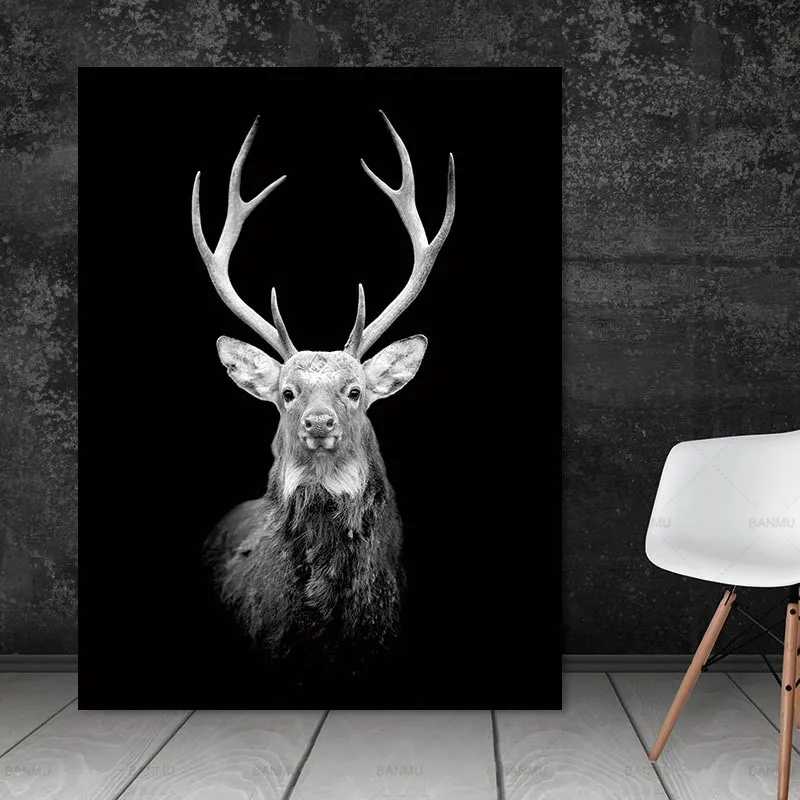
Goya acquired the Quinta del Sordo villa on the banks of the River Manzanares, near the Segovia bridge and with views over the plains of San Isidro, in February 1819.
#BLACK PAINT CANVAS SERIES#
The series is made up of 14 paintings: Atropos (The Fates), Two Old Men, Two Old Ones Eating Soup, Fight with Cudgels, Witches' Sabbath, Men Reading, Judith and Holofernes, A Pilgrimage to San Isidro, Man Mocked by Two Women, Pilgrimage to the Fountain of San Isidro, The Dog, Saturn Devouring His Son, La Leocadia, and Asmodea.ĭiagram of the possible locations of the Black Paintings in La Quinta del Sordo Initially, they were catalogued in 1828 by Goya’s friend, Antonio Brugada. Most names used for them are designations employed by art historians. Goya did not give titles to the paintings, or if he did, he never revealed them. It is likely that the artist never intended the works for public exhibition: "these paintings are as close to being hermetically private as any that have ever been produced in the history of Western art." The paintings were not commissioned and were not meant to leave his home.

Using oil paints and working directly on the walls of his dining and sitting rooms, Goya created works with dark, disturbing themes. The combination of these factors is thought to have led to his production of the Black Paintings. He had survived two near-fatal illnesses, and grew increasingly anxious and impatient in fear of relapse. He had an acute, first-hand awareness of panic, terror, fear and hysteria. They are now in the Museo del Prado in Madrid.Īfter the Napoleonic Wars and the internal turmoil of the changing Spanish government, Goya developed an embittered attitude toward mankind. The paintings originally were painted as murals on the walls of the house, later being "hacked off" the walls and attached to canvas by owner Baron Frédéric Émile d'Erlanger. Although the house had been named after the previous owner, who was deaf, Goya too was nearly deaf at the time as a result of an unknown illness he had suffered when he was 46. In 1819, at the age of 72, Goya moved into a two-story house outside Madrid that was called Quinta del Sordo ( Deaf Man's Villa).

They portray intense, haunting themes, reflective of both his fear of insanity and his bleak outlook on humanity. The Black Paintings (Spanish: Pinturas negras) is the name given to a group of 14 paintings by Francisco Goya from the later years of his life, likely between 18. On the left: Witches' Sabbath (The Great He-Goat)


 0 kommentar(er)
0 kommentar(er)
